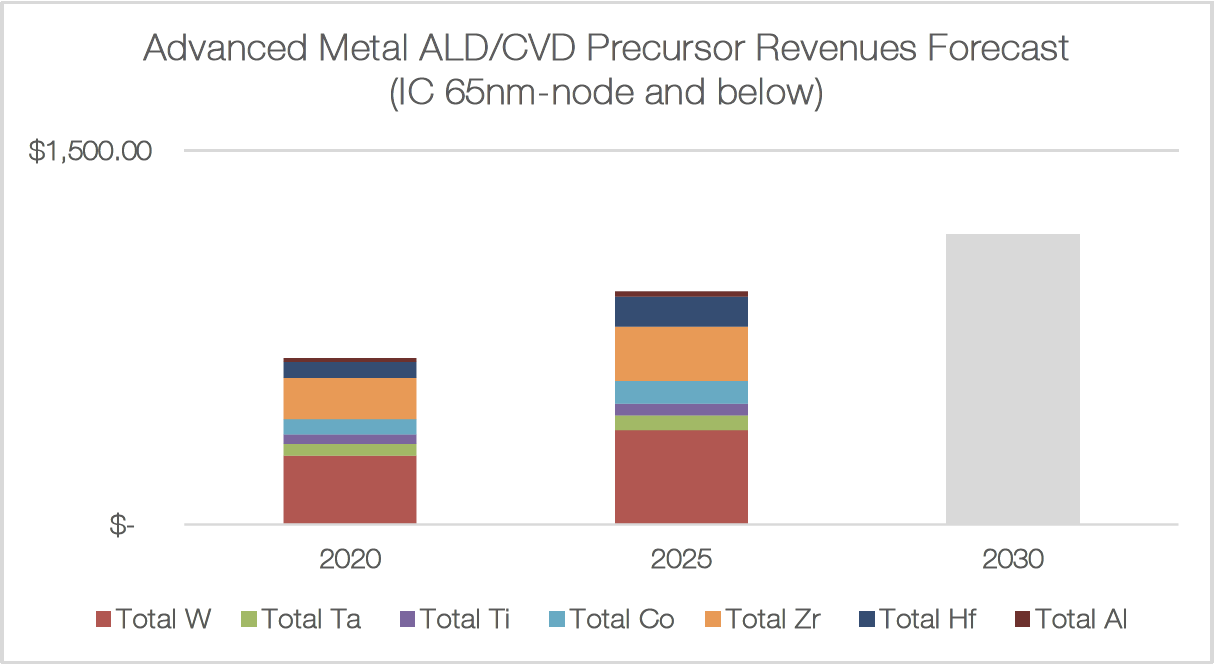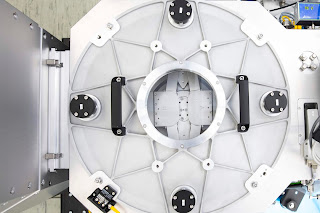The motivation for this year's Nobel Prize in chemistry reads "for the development of lithium-ion batteries". John B. Goodenough (The University of Texas at Austin, USA), M. Stanley Whittingham (Binghamton University, State University of New York, USA) and Akira Yoshino (Asahi Kasei Corporation, Tokyo, Japan and Meijo University, Nagoya, Japan) receive the award as well as SEK 3 million each.
The basis for the lithium-ion battery was laid during the oil crisis in the 1970s. Lithium-ion batteries are light, rechargeable, and powerful batteries that are used in everything from mobile phones to laptops and electric vehicles (EVs). The lithium battery cells can also be deployed in systems to store vast amounts of energy produced by solar and wind power, which enables a fossil-free society.
The battery technology that has conquered the worldThe basis for the lithium-ion battery was laid during the oil crisis in the 1970s. Lithium-ion batteries are light, rechargeable, and powerful batteries that are used in everything from mobile phones to laptops and electric vehicles (EVs). The lithium battery cells can also be deployed in systems to store vast amounts of energy produced by solar and wind power, which enables a fossil-free society.
Since the first lithium-ion batteries came on the market in 1991, they have entirely changed the existence throughout the world. They have laid the foundation for a wireless and fossil-free society, and are today of enormous benefit to humanity. If we look at the lithium-ion battery from a technical and innovative perspective and link the technology area to patents, we see an explosive increase in patent applications between the years 2008-2017, a period when battery technology has penetrated the world market. Some of the large companies that have been inspired by the Nobel Prize winners and their technical achievements are: Tesla (USA), Toyota (Japan), Volkswagen (Germany), BASF (Germany), Umicore (Belgium), CATL (China) and Northvolt (Sweden), which is currently establishing itself in northern Sweden. These are companies active across the complete value chain, from raw materials suppliers, battery cell production to end-user consumer applications.
A minefield for new patent applications
The companies and innovators who are now entering the lithium-ion technology business and are considering applying for patents, no matter what application area they intend to work in, are entering a veritable minefield. It is an extremely challenging area for new patent applications. The situation places high demands on qualified analysis of both the main technology area, adjoining technology areas, market situations, the actions of existing players and new players' strategies. Here, adequate patent information in the hands of an expert in patent information can straighten out many question marks, not least because the patent data consists of both technical, legal, and business-related information.
A minefield for new patent applications
The companies and innovators who are now entering the lithium-ion technology business and are considering applying for patents, no matter what application area they intend to work in, are entering a veritable minefield. It is an extremely challenging area for new patent applications. The situation places high demands on qualified analysis of both the main technology area, adjoining technology areas, market situations, the actions of existing players and new players' strategies. Here, adequate patent information in the hands of an expert in patent information can straighten out many question marks, not least because the patent data consists of both technical, legal, and business-related information.
When I, as an expert in seeking, analyzing, and drawing conclusions from patent information, launches, both the historical, the current, and the future perspectives, are at stake. Drawing conclusions from historical patent data and translating it into future potential is an unusual ability that not many commands.
The amount of patent data, the variety of data, and the speed at which new patent data is published are continuously increasing. Properly handled and, above all, adequately analyzed, patent data can increase insights, support business decisions, and create new values and stronger negotiating positions for your company. I think it is a waste not to use the power of patent data more than is done today.
The amount of patent data, the variety of data, and the speed at which new patent data is published are continuously increasing. Properly handled and, above all, adequately analyzed, patent data can increase insights, support business decisions, and create new values and stronger negotiating positions for your company. I think it is a waste not to use the power of patent data more than is done today.
Contact me so we take a closer look at a technology area that is important to your company's future.
Ervin Dubaric
Guest Blog by Dr. Ervin Dubaric, Patent Information Specialist at Bergenstråhle & Partners, Stockholm, Sweden



%20(1).png)












